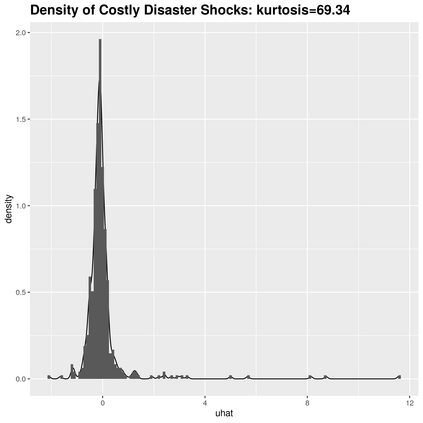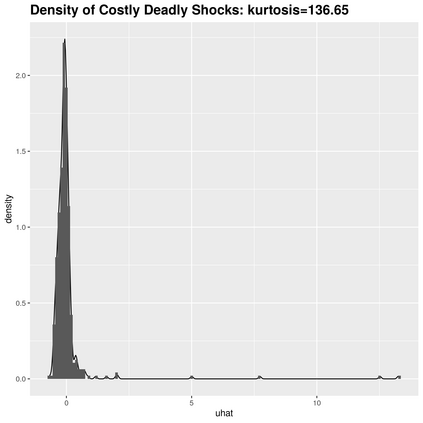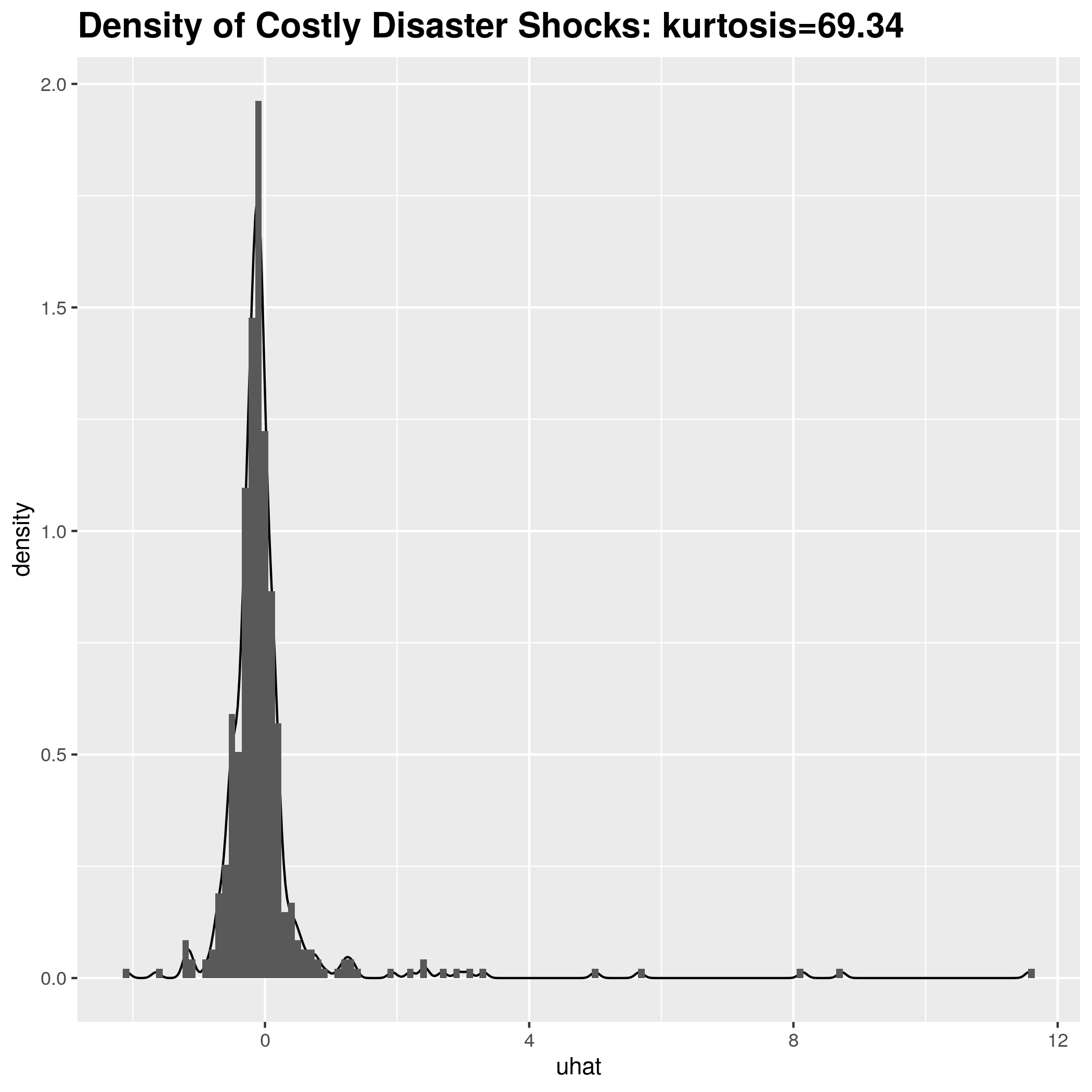The paper provides three results for SVARs under the assumption that the primitive shocks are mutually independent. First, a framework is proposed to study the dynamic effects of disaster-type shocks with infinite variance. We show that the least squares estimates of the VAR are consistent but have non-standard properties. Second, it is shown that the restrictions imposed on a SVAR can be validated by testing independence of the identified shocks. The test can be applied whether the data have fat or thin tails, and to over as well as exactly identified models. Third, the disaster shock is identified as the component with the largest kurtosis, where the mutually independent components are estimated using an estimator that is valid even in the presence of an infinite variance shock. Two applications are considered. In the first, the independence test is used to shed light on the conflicting evidence regarding the role of uncertainty in economic fluctuations. In the second, disaster shocks are shown to have short term economic impact arising mostly from feedback dynamics.
翻译:本文在假定原始冲击是相互独立的假设下,为SVAR提供了三个结果。首先,提议了一个框架,以研究灾害类型冲击的动态影响,但差异无限。我们表明,VAR的最小平方估计值是一致的,但具有非标准特性。第二,表明对SVAR的限制可以通过测试所查明的冲击的独立性加以验证。测试可以适用于数据是否具有脂肪或薄尾巴,以及是否具有确切的模型。第三,灾害冲击被确定为具有最大裂缝的成分,其中相互独立的部分使用一个即使在存在无限差异冲击的情况下也是有效的估计值来估算。考虑了两种应用。在第一个应用中,独立测试用于说明关于经济波动的不确定性的相互矛盾证据。在第二个中,灾害冲击被证明具有短期的经济影响,大部分来自反馈动态。





